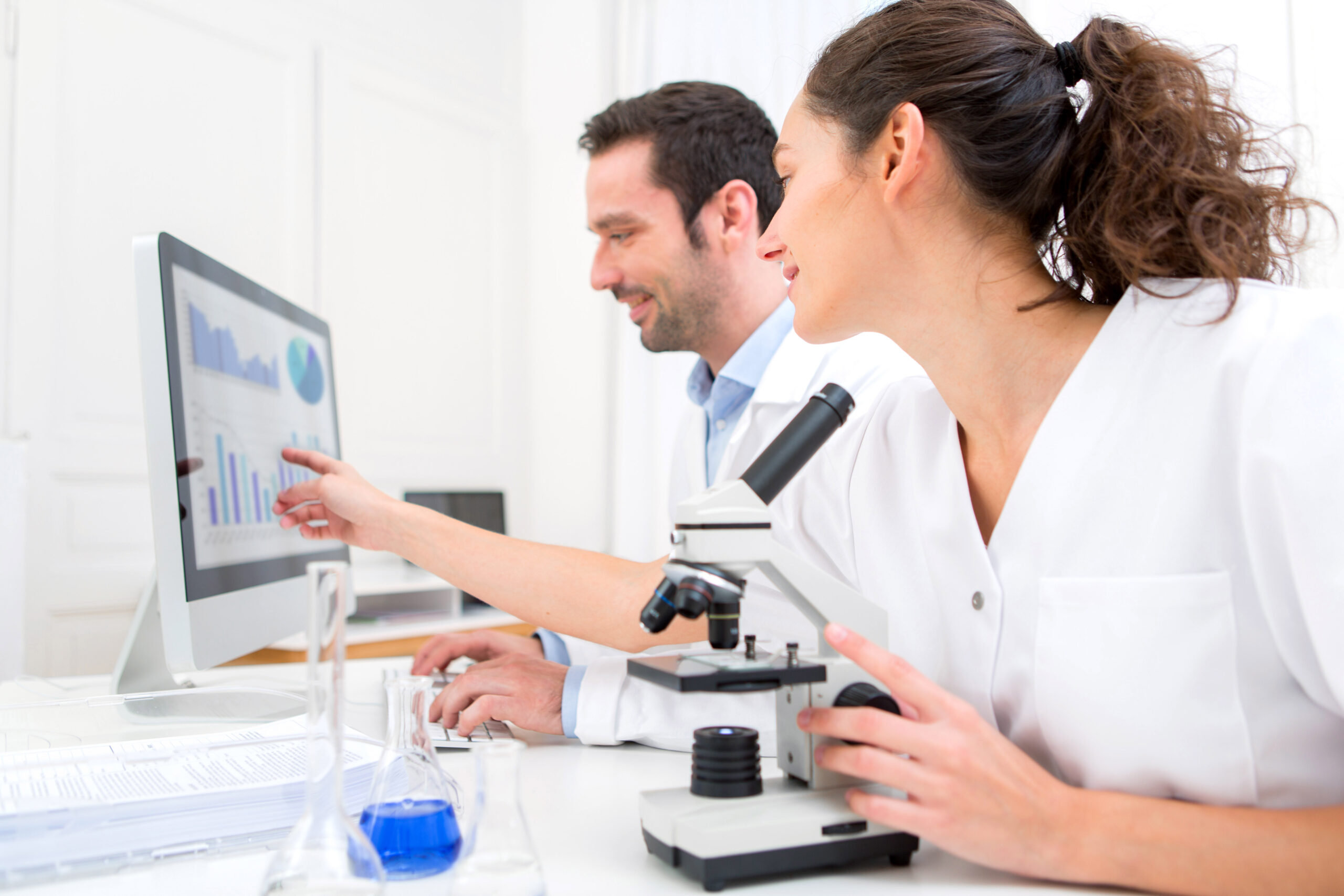\Confusing a learning management system (LMS) with a laboratory information management system (LIMS) is common—but the two serve entirely different functions. A LMS is built to manage, deliver, and track employee education and training programs. A laboratory information management system (LIMS) enables operational control over lab workflows, regulatory documentation, and quality data throughout the entire process.
LIMS software handles sample tracking, results reporting, instrument interfacing, and chain-of-custody documentation. It supports complex laboratory environments by integrating analytical instruments, automating workflows, and maintaining regulatory compliance. Core functionality includes sample lifecycle management, audit trails, electronic signatures, and secure data storage aligned with CLIA, CAP, and HIPAA standards.

LIMS system software enables centralized data control for high-throughput environments. It supports clinical diagnostics, pharmaceutical research, environmental monitoring, and molecular testing. LMS platforms, by contrast, manage human learning content—compliance training, CE credits, or onboarding modules—not laboratory data or testing workflows.
What is the Difference Between LIMS and LIS?
A laboratory information management system (LIMS) and a laboratory information system (LIS) serve distinct but sometimes overlapping functions in clinical and research laboratories. The core difference lies in how each system manages data: LIS platforms are patient-based, while LIMS platforms are specimen-based.
A LIS is primarily used in clinical diagnostics to track and manage patient test results. Every data point in a LIS ties back to a specific patient and integrates with Electronic Health Records (EHR). It supports workflows in hospital labs, reference testing, and pathology departments where patient demographics, test orders, and results are central to care delivery. The LIS must align with healthcare standards such as HL7 and HIPAA to ensure interoperability and compliance.
In contrast, a LIMS is specimen-centric and optimized for batch processing, chain-of-custody management, environmental testing, and R&D. It manages multiple samples without requiring direct linkage to patient records. A LIMS enables high-volume laboratories to streamline accessioning, manage instrument data, enforce QA/QC protocols, and generate regulatory documentation.
Clinical laboratories that operate across disciplines often implement both systems or adopt platforms with hybrid functionality. The distinction—patient-based versus specimen-based—is the guiding framework when determining the appropriate system for lab needs.
What is the Difference Between Learning Content Management System and LMS?
A learning management system (LMS) administers, delivers, and tracks educational programs for individuals or organizations. It allows users to complete modules, take assessments, and log training hours. An LMS focuses on course consumption and user performance metrics, making it essential for compliance training, onboarding, and continuing education in regulated industries.
A learning content management system (LCMS), however, supports the creation, storage, and reuse of learning content itself. Unlike an LMS, which manages learners, an LCMS manages content. It allows instructional designers to author, modify, and organize training materials using templates, metadata, and component-based frameworks. The LCMS acts as a central repository, enabling consistent updates and version control across multiple courses.
While an LMS delivers training to end users, an LCMS equips developers with tools to produce and manage training content at scale. Organizations often integrate both systems to optimize their training ecosystems—using the LCMS to build content and the LMS to distribute it.
Choosing the Right LIMS
Labs evaluating LIMS platforms should prioritize domain-specific functionality, scalability, and vendor credibility. SCC Soft Computer’s SoftLIMS supports high-throughput workflows, regulatory alignment, and instrument integration—critical requirements for life sciences, clinical research, and diagnostic labs alike.
The best LIMS software combines flexible architecture with built-in compliance for CLIA, CAP, ISO 15189, and FDA 21 CFR Part 11. SoftLIMS enables labs to automate sample tracking, implement validation rules, and maintain complete data traceability with real-time visibility. Whether operating in a single site or multi-location environment, SoftLIMS offers configuration options that reduce custom development and simplify upgrades.
Choose a vendor with proven longevity and deep experience in laboratory systems. SCC has delivered integrated, scalable solutions to some of the most demanding laboratories in the world—ensuring continuity, compliance, and operational control from day one.
